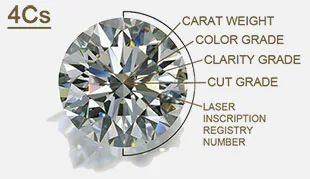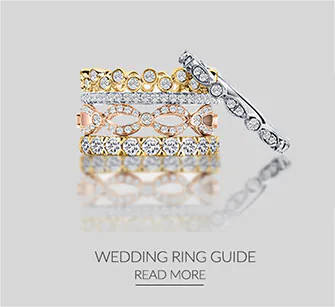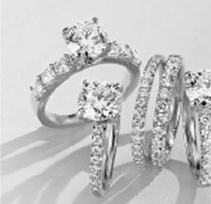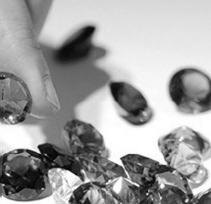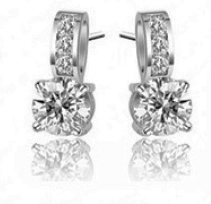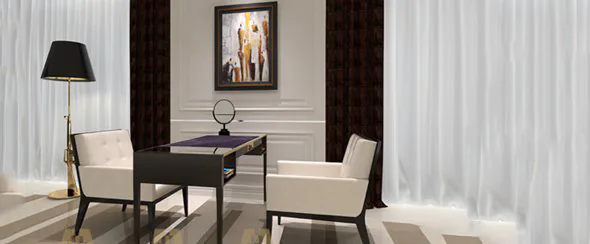RINGS
EDUCATION
Thousands of couples around the world have trusted us with their most important moments. With the largest selection of diamonds and meticulously designed, handcrafted rings, were here to help you find your way to the perfect ring.
DIAMOND
EDUCATION
For most people, buying a diamond is a new experience, but that doesn't mean it should be overwhelming. Understanding a diamond's quality characteristics is straightforward and simple.
Our diamond education is designed to answer all your questions. In just a few minutes you'll know everything you need to know to find your perfect diamond.
JEWELLERY
EDUCATION
it is our mission to take the mystery out of your purchase by offering only the finest quality fine jewellery available, along with expert guidance and education. Our jewellery is crafted with superior materials and inspected against exceptional quality standards.
PEARL
EDUCATION
Use this guide to find the pearl that is right for you by educating yourself on the quality and value of the cultured pearls that we offer.
GEMSTONE
EDUCATION
Gemstones and rare minerals can evoke strong emotions and spur intrigue. While most loose gemstones and minerals are purchased for ornamental jewellery purposes, others are possessed for their fascinating attributes. Natural gemstones and minerals add sparkle to our lives and invigorate our soul with the earth's natural beauty.
DIAMOND DEPTH
Chapter 3 -
As the distance between the culet and the table, a diamond's depth can have a significant effect on its overall appearance. Diamond depth is measured in millimeters to the tenth, and is considered when a stone's cut grade is being determined. This means that if you are looking for diamonds with Ideal or Very Good cut grades, you do not need to be concerned about the quality of their depth or width.
Diamond Education
Chapters
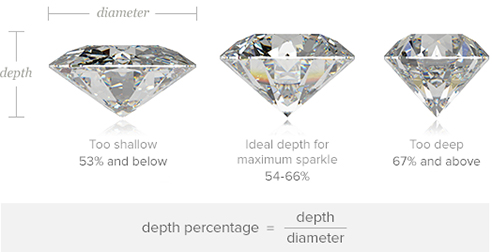
Diamond depth is often examined alongside diamond width, expressed in a depth percentage. Depth percentage is calculated by dividing the depth by width. The lower the depth percentage, the larger the diamond will appear when set in a ring. If a diamond is too deep, the size of the diamond will not be fully appreciated when set in a ring. Only the width will really be visible from the diamond's top (its table).
If a diamond is too shallow, it will not express as much brilliance as a well cut diamond. The angles of a shallowly cut diamond allow light to pass through the bottom of the diamond, rather than being reflect back into the observer's eyes. That lost light may result in a diamond that appears dull or glassy.










